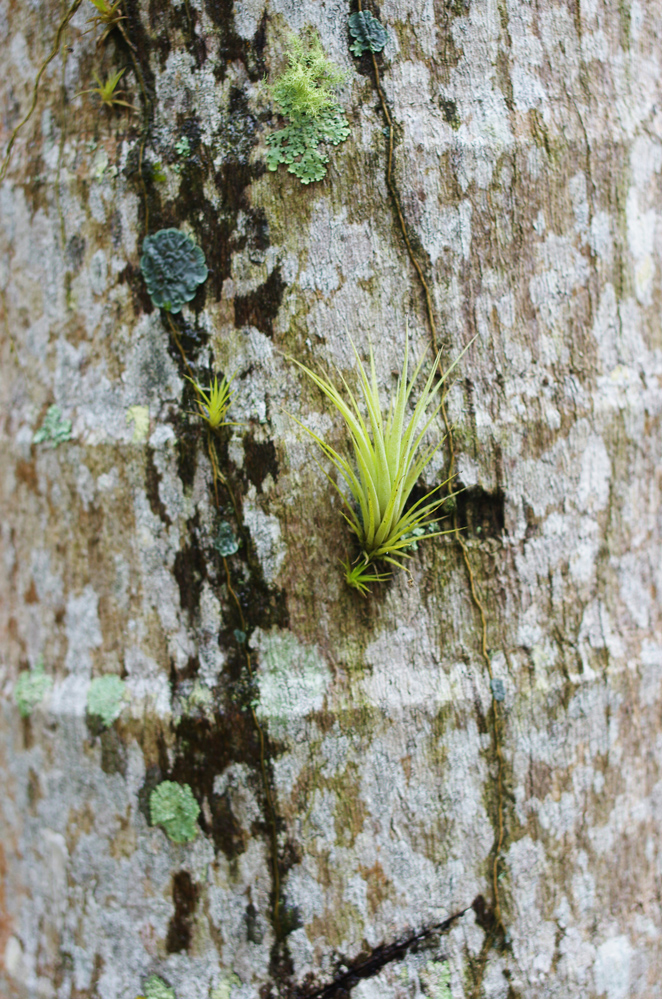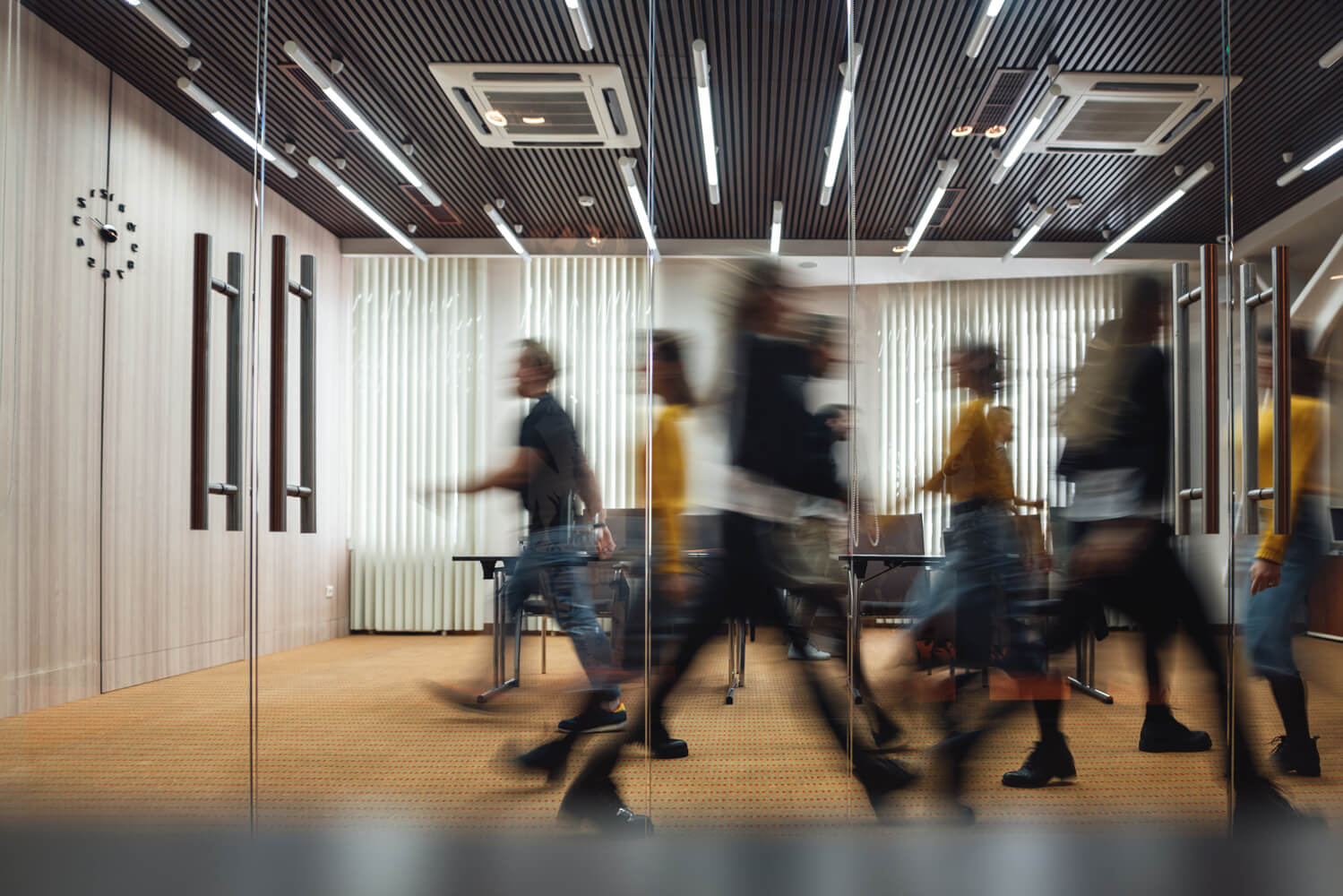How COVID has put a “Human” Spin on Minimalism & Sustainability


Architect Ludwig Mies van der Rohe popularized the adoption of “Less is more” – focusing on the necessary and eliminating the “extra”. As industrialization grew, the production capacity of goods grew exponentially which inevitably led to more consumption or consumerism. Humans now had boundless choices to define their lifestyles through food, clothing, and living spaces. As commodities became cheap, it was easier to follow “fast fashion trends”. The more we consumed, the more goods were produced, the more carbon emissions increased through land use, rapid growth of industries, and the transportation of goods.
All it took was the global COVID pandemic to stop us in our tracks – we could not travel, could not go to work, could not eat out in restaurants. Once we acknowledged that we could not go on as we used to, we had to adapt. And we inadvertently adapted ourselves to being more minimal.
What is minimalism? People often misconstrue minimalism for bareness and boring. Minimalism, like sustainability has been perceived negatively – to be minimalist is to have minuscule living spaces, a bare wardrobe and eat-what-you grow lifestyle, just like sustainability means using LED lighting or planting trees. Yes, those are all elements but minimalism like sustainability encompasses so much more as they are both overlapping holistic concepts. Minimalism is not just about consuming less – it is a mindset. It brings us back to our roots, our humanity, by reducing distractions and clutter from our lives. It forces us to follow the voices in our hearts to “connect” rather than the voices telling us to “collect”.

Let us take weekends as an example. Before COVID, most of our weekends had elaborate plans – going out of the city, bar hopping, fancy restaurants. We wanted to “meet” people but the “where” and the “how” always eclipsed just having a simple conversation to connect on a human level. Our privileges that made us forget the little joys in life, like simply going to the park with our families and friends, had become so mundane and routine that we had started to be more and more materialistic and less “human”. Ask anyone – what is it that you want the most today or what makes you happy? More than often, we hear people say, “I would be so happy just to meet my friend” or “I just want to step outside my home”. It means that we have now realized, the core of our happiness lay not in the ambience or the luxuries, but the people we have in our lives.
Once we could not go out to restaurants, we discovered the joy of cooking a simple home meal and enjoying it with our families. How many skills/ hobbies did we develop in a pre-COVID world that could be done from our homes? People are learning to cook, bake, paint, and most importantly spending time with family doing the basic things we always neglected in the search for something more “exciting”. Since we socialize less, people are realizing how overcrowded their wardrobes were of stuff they never had time to confront. When we are forced to take a step back and think about what we need to be happy, when we cannot make the same choices we used to, that is minimalism at its core. We are starting to learn to find happiness in what we have, confronting and removing the clutter of what we do not need.

It would be unfair to paint a perfect picture of the forced minimalism that has been a side-effect of the pandemic. Social distancing, decrease in consumerism, and widespread unemployment has not only devastated our economy but also negatively impacted our physical, mental and emotional well-being. Corporations have suffered major setbacks, and survival of the organization has trumped investment in the “human” factor and other sustainability initiatives. The catastrophic implications of the pandemic however, place even more importance on discerning minimalism as a “human-centered” concept, rather than a hardship or the inability to make ends meet. Minimalism does not warrant severity; it makes us identify the core of our well-being and fosters efforts towards achieving happiness, while maintaining our quality of life.
Once we understand minimalism, a sustainable future is not far ahead. The key is to know that both minimalism and sustainability are not simply restricted to a set of rules, but are rather a mindset – to focus on humans and nature. BranchPattern puts “people at the core of everything we think, create and do”, and through that we believe that nature teaches us that true sustainability sits at the intersection of human experience and environmental stewardship. Understanding the natural sciences and incorporating them into the built environment satisfies our psychological and physical needs and reduces our ecological footprint.




View More Resources
Benefit from our expertise

